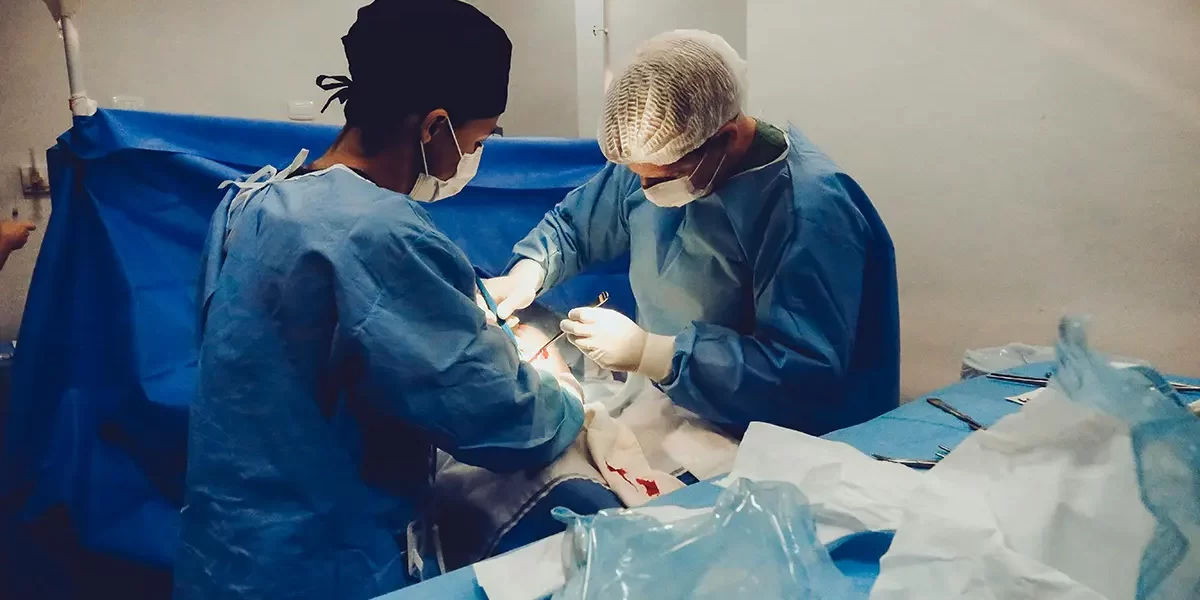In healthcare, maintaining an environment free from harmful pathogens is paramount.
One of the most critical focus areas is the water supply, where introducing contaminants can lead to severe health risks for patients and staff.
Chlorine dioxide (ClO2) water disinfection technology has emerged as a crucial solution in ensuring safe and clean water in healthcare facilities.
The Necessity of Water Disinfection in Healthcare
Waterborne pathogens can cause various illnesses, from gastrointestinal infections to severe diseases like Legionnaires’ disease. Hospitals and other healthcare facilities are particularly vulnerable to such risks due to the concentration of immunocompromised individuals. Effective water disinfection is not just a requirement but a critical safety measure to prevent hospital-acquired infections.
Chlorine Dioxide: An Effective Disinfectant
Chlorine dioxide is a powerful oxidising agent capable of destroying many pathogens, including bacteria, viruses, and protozoans, often found in water systems. Unlike traditional chlorine, ClO2 does not react with organic substances in water to form harmful chlorinated byproducts, which can be carcinogenic. The efficacy of ClO2 in neutralising pathogens makes it an ideal choice for healthcare settings where safety and effectiveness are the top priorities.
Advantages of Chlorine Dioxide Over Other Disinfectants
- Efficacy Across a Wide pH Range: Chlorine dioxide remains effective across a broad pH spectrum, ensuring consistent disinfection regardless of changes in water chemistry.
- Reduced Byproducts: ClO2 minimises the formation of trihalomethanes (THMs) and other harmful disinfection byproducts, promoting a healthier environment for patients and staff.
- Penetration Abilities: Its molecular structure allows it to penetrate biofilms – layers of bacteria that adhere to surfaces in water systems—more effectively than chlorine.
- Rapid Action: Chlorine dioxide acts quickly against contaminants, which is crucial in environments where time is of the essence.
Implementation in Healthcare Settings
The implementation of chlorine dioxide disinfection systems in hospitals involves several steps:
- Assessment of Water System: To identify potential contamination points, a thorough analysis of the facility’s water system is necessary.
- System Installation: Professional installation of ClO2 generation systems ensures that the disinfectant is dosed correctly and controlled.
- Monitoring and Maintenance: Continuous monitoring of water quality and regular maintenance of the disinfection system are essential to ensure ongoing effectiveness.
Proven Technology
Numerous healthcare facilities worldwide have documented significant improvements in water quality and reduced infection rates after implementing chlorine dioxide systems. For instance, a hospital in the United States reported a 70% decrease in Legionella cases following the switch to a ClO2 system. Read our case studies below.
- Inconsistent ClO2 generation systems cause major issues at NHS Trust
- Water Disinfection in Community Healthcare
- Ensuring Hospital Safety: The Role of Chlorine Dioxide in Legionella Control
- Remote Monitoring: Ensuring Water Hygiene in Healthcare Facilities
An Essential Component
Chlorine dioxide water disinfection technology is essential in maintaining a safe and hygienic environment in healthcare settings. Its ability to effectively neutralise a wide array of pathogens and its safety profile make it a superior choice for hospitals looking to safeguard their water systems against contaminants. As healthcare facilities face challenges from waterborne pathogens, ClO2 represents a reliable and effective solution to ensure patient safety and operational efficiency.
Scotmas – Industry Leading Technology
Scotmas is a recognised leader in providing industry-leading chlorine dioxide dosing systems for various applications, including healthcare and water treatment. Our innovative solutions are designed to ensure the safety and efficacy of water disinfection, helping healthcare facilities protect their patients and staff from harmful pathogens.
If you want to learn more about our cutting-edge technology and how it can help your organisation, we invite you to contact us today. Our team of experts will happily answer any questions and provide more information on our solutions.
Photo Credit: Vidal Balielo Jr






